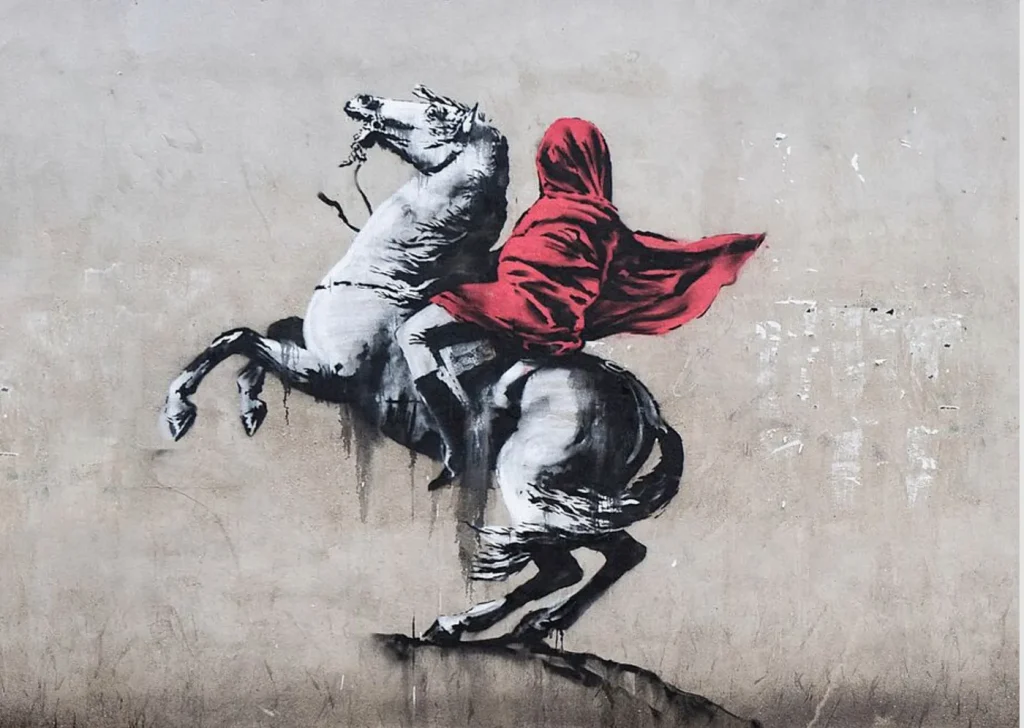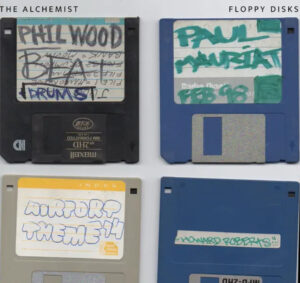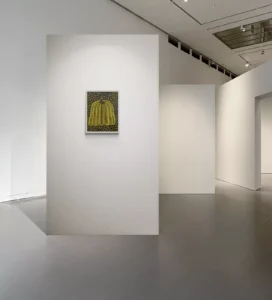Among the most striking of Banksy’s Paris 2018 pieces is the reinterpretation of Jacques-Louis David’s famous 1801 painting Napoleon Crossing the Alps. In Banksy’s version, Napoleon rides his rearing white horse, but instead of a heroic visage, his head and upper body are shrouded entirely in a flowing red cloak, effectively blinding him.
This image, located in the 18th arrondissement near Montmartre, is charged with layered symbolism. The original David painting celebrated Napoleon’s leadership and was a prime example of neoclassical propaganda art, meant to depict the French general as a fearless and visionary leader. By cloaking Napoleon’s face, Banksy transforms this icon of power and vision into a figure of blindness and recklessness.
In the context of 2018 Paris, this work operates as a biting critique of nationalism and the nostalgia for imperial grandeur. The concealed face suggests willful ignorance — a refusal to see the consequences of one’s actions, whether in past military conquests or present political policies. The bright red cloak introduces associations of danger, blood, and warning, challenging the viewer to reconsider what heroism means in a modern context.
A Reflection on Historical Amnesia
Banksy’s choice to reimagine such an iconic figure also speaks to the dangers of historical amnesia. In France, as elsewhere in Europe, debates about national identity and immigration often evoke distorted or sanitized versions of history. Politicians and movements romanticize past “greatness” while ignoring or minimizing the violence and exploitation that underpinned empire-building.
By blinding Napoleon, Banksy encourages a more honest reckoning with history. The piece implicitly asks: What happens when societies become so enraptured with mythologizing their past that they lose sight of present realities? The image forces a confrontation with the notion that blind pride and nostalgia can lead to societal and moral disasters.
The Artistic Lineage and Parisian Tradition
The decision to tackle such a recognizable French symbol situates Banksy’s work within a long tradition of politically engaged art in France. From Honoré Daumier’s biting caricatures in the 19th century to the provocative posters of May 1968, French artists have long used visual satire to challenge authority and provoke public debate.
Banksy’s interventions echo this lineage while updating it for a global audience accustomed to viral images and instant communication. His work draws on the power of the image as a universal language, transcending linguistic and cultural barriers to spark immediate emotional responses.
The Ephemeral and the Eternal
Despite the profound seriousness of its message, Banksy’s piece remains ephemeral. This impermanence is fundamental to street art, which lives and dies in public view, exposed to weather, vandalism, and municipal intervention. In Paris, some of Banksy’s works were quickly covered or defaced, while others were placed under protective plexiglass almost immediately, creating a tension between preservation and the anti-establishment ethos of street art.
The quick attempts to protect Banksy’s works reveal a paradox: society wants to enshrine the very images meant to challenge and disrupt. This cycle of commodification can be seen as both a testament to Banksy’s popularity and a commentary on how quickly capitalism absorbs rebellion.
A Dialogue with the City
Paris, with its centuries-old façades and layered histories, acts almost like a living canvas. Each wall is a witness to revolutions, uprisings, and cultural renaissances. By placing his images in public spaces, Banksy entered into a dialogue with the city itself, encouraging residents and visitors to look beyond the romanticized “City of Light” narrative and confront the shadows within.
The works were not simply decorations but interventions — unexpected visual interruptions that forced people to pause, reflect, and question. This dynamic interaction with the urban environment is central to Banksy’s practice and embodies the spirit of street art at its most potent.
Public Reaction and Cultural Impact
The public response to Banksy’s Paris pieces was immediate and fervent. Crowds gathered at each new mural, social media buzzed with speculation and admiration, and journalists dissected every detail for hidden meanings. While many praised the works as brilliant social critiques, others saw them as unwelcome intrusions on the cityscape or as hype-driven spectacles.
The diversity of reactions mirrors the broader debates surrounding public art: Who decides what is art? Who owns public space? Should art challenge or comfort? Banksy’s Paris interventions did not offer easy answers but instead laid bare these questions, transforming city walls into sites of democratic debate.
Banksy’s Continuing Evolution
Banksy’s Paris works marked a mature phase in his career. While earlier works often relied on more overt humor and irony, these pieces carried a quieter, more reflective tone. The use of historical imagery, subtle symbolism, and complex references signaled an artist increasingly concerned with history, memory, and collective responsibility.
The Paris intervention also underscored Banksy’s global reach. While rooted in British subcultural traditions, his messages resonate universally, reflecting shared anxieties about nationalism, xenophobia, inequality, and environmental degradation.
From Street to Auction Block
In the aftermath of Banksy’s Paris intervention, a number of his pieces were removed, framed, and in some cases, auctioned. This commercialization of street art is emblematic of a broader trend where rebellious, anti-establishment messages are co-opted by the art market.
Banksy himself has commented on this phenomenon, often mocking the art world’s obsession with value and rarity. In 2018, just months after the Paris works appeared, his painting Girl with Balloon famously self-shredded after selling at Sotheby’s, becoming Love is in the Bin. This act served as a dramatic metaphor for the tension between art’s original context and its market-driven reincarnations.
Legacy and Continuing Relevance
More than five years on, Banksy’s Paris pieces remain deeply relevant. The issues he addressed — nationalism, historical memory, social exclusion — continue to shape French and global politics. The migration crisis has not abated; debates over national identity rage on; and the tension between public good and private interest is as stark as ever.
In this sense, Banksy’s 2018 intervention functions like an open wound — a reminder of unresolved conflicts and a call to remain vigilant. The murals are no longer just street art; they are historical documents, snapshots of a society at a crossroads.
A Mirror and a Warning
Banksy’s Paris intervention in 2018 was not merely a series of beautiful stencils but a multifaceted manifesto. Through works like the blinded Napoleon, Banksy forced the city — and by extension, the world — to confront uncomfortable truths. He wielded the visual language of graffiti to question power structures, historical narratives, and social complacency.
Either one sees these pieces as acts of vandalism or visionary art, their impact is undeniable. They challenged a city known for its beauty to reckon with its contradictions and called on viewers to move beyond passive admiration to active engagement.
In the end, Banksy’s Paris works are more than street art. They are living conversations — fluid, fragile, and fiercely relevant. They ask us not just to look but to see; not just to remember but to act. And in a world often seduced by surface, that might be the most radical act of all.
No comments yet.








